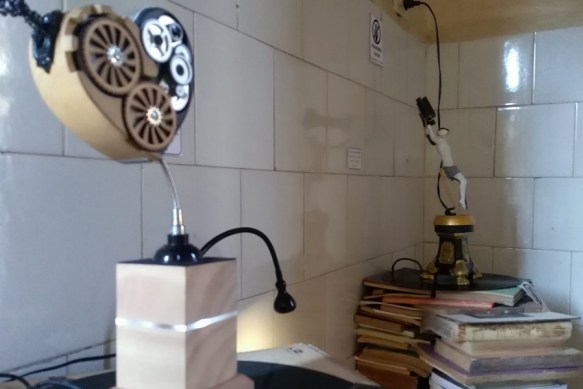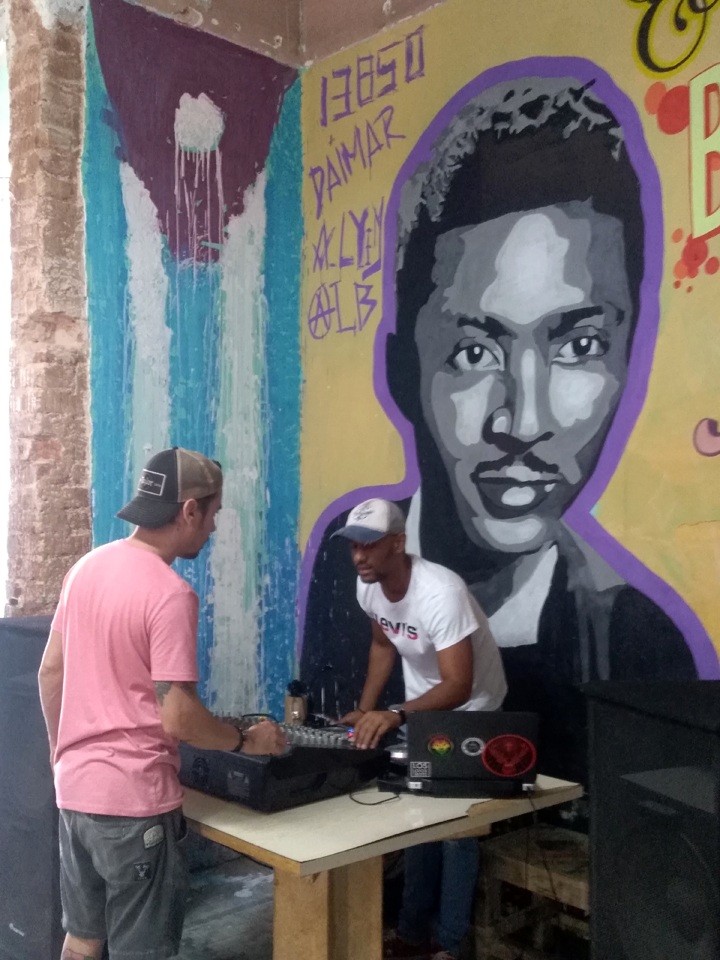Training Program for Young People in Havana
A project located in Centro Habana, a densely populated municipality in the Cuban capital

HAVANA TIMES – With the mission to train young people and anyone else interested in a profession or in gaining certain skills, the Armonia project trains students in the densely populated Centro Havana and Old Havana municipalities in the Cuban capital
While it was initially set up in Old Havana, the project has also been running in Central Havana for two years and has a center with different spaces for learning and cultural socialization, which they have baptized The Training and Self-Improvement Center.
In their three years of work, the community project has trained up 350 students.

Problems that need tackling
According to Yara Vaillant, Armonia’s general coordinator, a previous study allowed them to identify the potential of residents’ skills in the area.
“There are few places that offer training to citizens, and this is what we want to do,” she pointed out.
The manager added that in order to work in the field, you don’t only need to bear in mind the community’s sensitivity to art and trades, but also the socio-demographic problem it presents.
“There is overcrowding in many homes, a lot of the population doesn’t have a fixed residence and many young people are unemployed and out of school,” she summed up.
That’s why the project is interested in training students in a trade. “So, they learn, and can then contribute to their family and individual economies,” she added.
As a result, there are courses about cosmetics, restoration, business and art, languages, crafts for children and the elderly, to name a few, which allow the project to work with people of different ages, from 3 to 75 years old.
Most courses are free, and others have affordable prices for residents in the area.
Vaillant highlights the fact that an advantage they have is that their students not only train in a trade or a one-off activity, but they also have the right to take exams and earn a certificate from one of the accredited schools or institutions the project has agreements with, so that they can then go on and work.
“People leave Armonia with knowledge they have learned and a document that qualifies them. It’s really beneficial for them,” she argued.
In addition to training courses, the project also has classes about nutrition, beauty products, values and ethics, the capital’s history, recycling raw materials, etc.
“Anything that has to do with the concept of reusing, recovering, changing lifestyles and adopting healthy eating habits, is a priority,” she pointed out.

Meanwhile, the center’s program includes events, festivals and activities for locals to appreciate culture.
The project has a management team made up of five people, with another 20 people teaching the courses and implementing social practices.
“Although we all do a bit of everything: registrations, communication of events, festivals,” Vaillant explained.
New base
Armonia opened its new headquarters in late 2019. It was a run-down place, but with the help of graffiti artists and body art project Zenit Tattoo, they inaugurated a multi-purpose space.
It has an art gallery, classrooms for courses, rooms for get-togethers and for folk singers to perform, as well as a small room for movie screenings.
It also has a patio the call “Con los vecinos” (With the neighbors), where they will hold parties and community activities.

Dan Segal,
Excellent observation
Glad to see more articles like this in HT. What would be helpful is if the articles would clarify whether or not these types of things are run and organized by the government, or if they are outside of the government. Specifically because many US travelers want to engage in some way for the Support of the Cuban People category, which makes is how many US travelers are visiting Cuba today. Whether or not this particular program would be something US travelers might be able to support or engage with, these are the kinds of things that may fit nicely under Support of the Cuban People. I realize there are many other individual connections that also fulfill the Support of the Cuban People category.